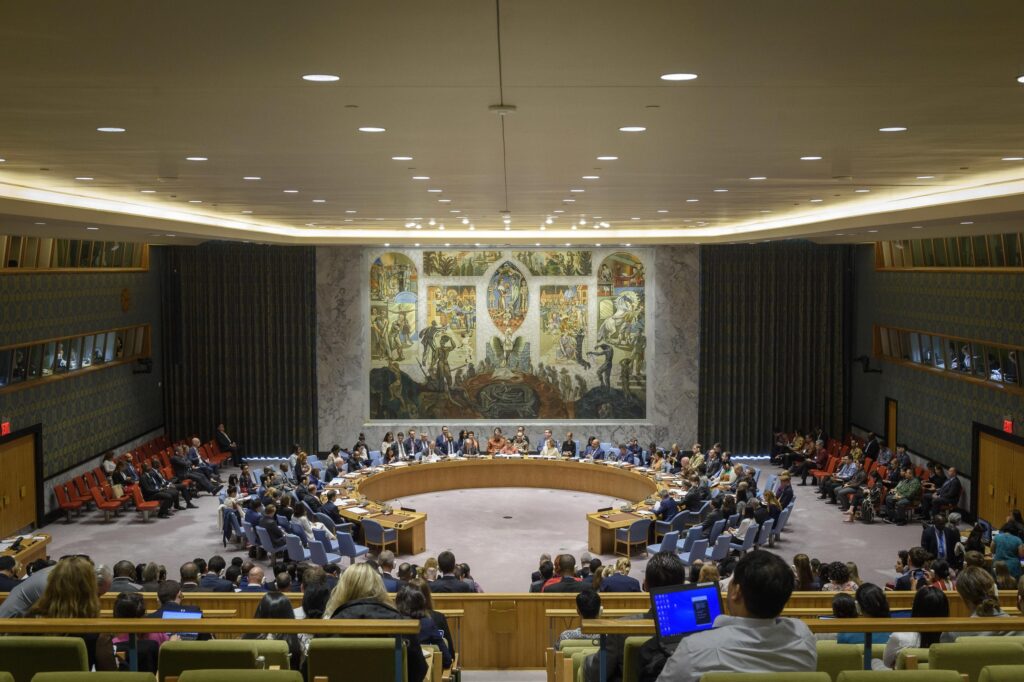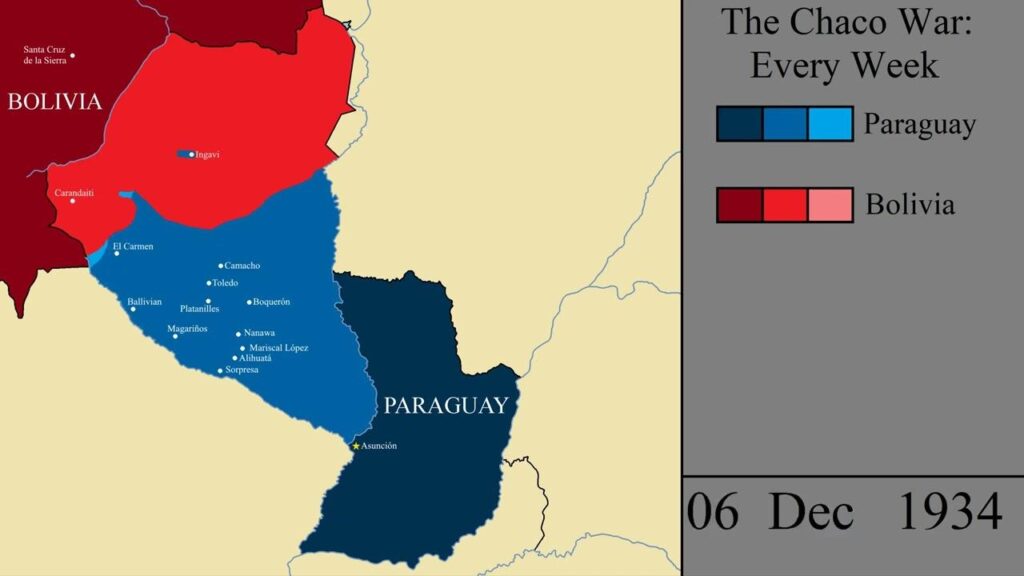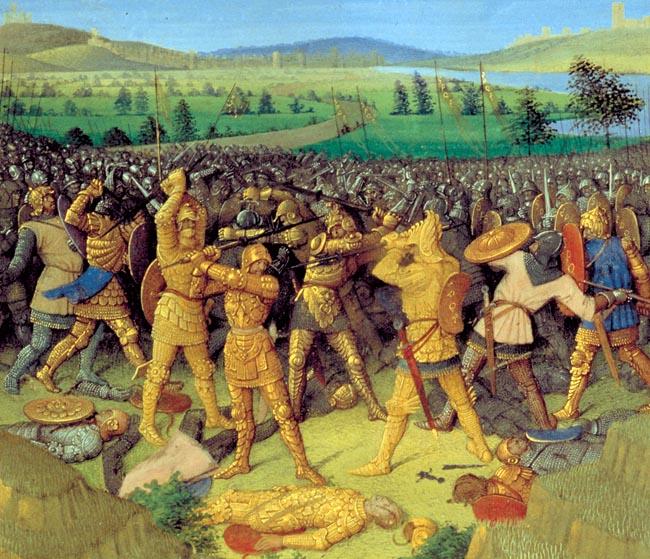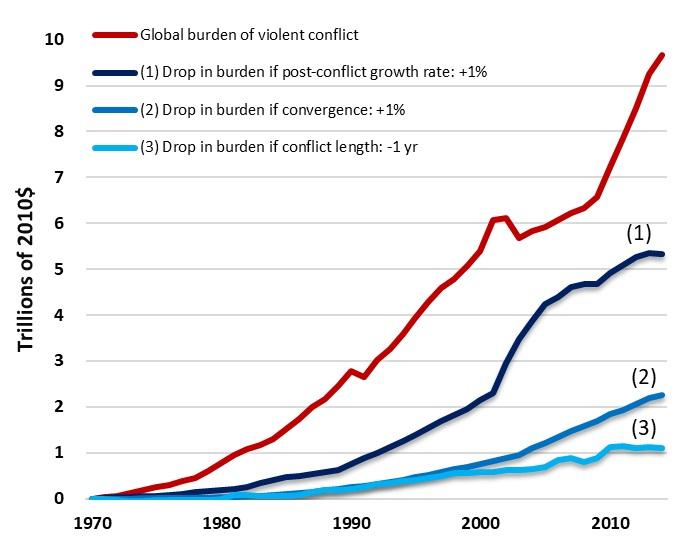The Battle of Stalingrad stands as one of the most grueling and decisive confrontations of World War II, marking a dramatic shift in the tide of the conflict. Fought between August 1942 and February 1943, this brutal clash not only epitomized the brutal intensity of urban warfare but also halted the relentless advance of Nazi Germany into the Soviet Union. Its outcome reshaped the strategic landscape of the war, bolstered Soviet morale, and set the stage for the eventual Allied victory. In this article, we’ll explore why the Battle of Stalingrad remains a pivotal turning point in WWII history, diving into its causes, the fierce combat, and the far-reaching consequences that echoed long after the guns fell silent.
Table of Contents
- The Strategic Importance of Stalingrad in World War II
- Key Military Tactics and Forces Involved in the Battle
- The Human Cost and Civilian Impact of the Siege
- Lessons Learned and Implications for Modern Military Strategy
- In Retrospect
The Strategic Importance of Stalingrad in World War II
The capture of this industrial hub was a critical objective for the Axis powers, not merely for its symbolic value but for its strategic position on the Eastern Front. Controlling the city meant securing the Volga River, a vital supply route that linked the southern territories of the Soviet Union with the oil-rich Caucasus region. The city’s fall would have disrupted the Soviet Union’s logistical backbone, potentially crippling its war production and resource distribution. Stalingrad was more than a battlefield; it was a chess piece whose control dictated the flow of materials, troops, and morale on a vast scale.
Key strategic reasons behind the fierce contest for Stalingrad included:
- Dominance over the Volga River, crucial for transportation and supply lines.
- Blocking Soviet access to southern oil fields, essential for fueling their war machinery.
- Serving as a psychological prize; its name bore the Soviet leader’s stamp, boosting propaganda value.
- Facilitating the encirclement tactics that would eventually turn the tide of the war.
Key Military Tactics and Forces Involved in the Battle
At Stalingrad, the clash of titanic forces was defined by innovative strategies and brutal urban warfare. The Soviet Red Army, under the command of General Zhukov and General Chuikov, expertly combined defensive resilience with ruthless counteroffensives. Utilizing the city’s ruins to their advantage, Soviet troops fortified buildings and alleyways, turning Stalingrad into a deadly labyrinth that neutralized the German Wehrmacht’s traditional mechanized superiority. The Germans, led by Friedrich Paulus, initially sought a swift capture through Blitzkrieg tactics; however, the extended supply lines and unforgiving winter drained their momentum. The Soviet strategy of “hugging the enemy”—keeping Soviet lines dangerously close—stifled German air and artillery support, creating close-quarter combat scenarios where Soviet infantry excelled.
The forces involved represented the full might and desperation of both sides. The Germans committed the 6th Army, supported by the 4th Panzer Army and Luftwaffe air units aiming to maintain air dominance despite Soviet resistance. Meanwhile, Soviet forces mobilized not only the Red Army’s front-line troops but also fresh divisions from deep within their vast reserves. The encirclement operation, known as Operation Uranus, was a masterstroke that involved coordinated strikes from the Soviet Southwestern and Don Fronts, effectively trapping the Germans in a pincer movement. Key to Soviet success was the deployment of artillery barrages, sniper units, and guerrilla tactics that slowly choked the German forces into submission. This blend of strategy and sheer tenacity defines the battle’s unforgettable military complexity.
The Human Cost and Civilian Impact of the Siege
Amidst the unrelenting bombardment and brutal street fighting, the people of Stalingrad faced unimaginable hardships. Civilians were caught in the crossfire, with many perishing not only from direct violence but also from widespread starvation and disease. The city’s infrastructure lay in ruins, leaving survivors without access to clean water, medical care, or shelter. Harsh winter conditions compounded their suffering, making daily survival a relentless battle. Families were torn apart, homes reduced to rubble, and the emotional toll left scars that would linger long after the guns fell silent.
The siege revealed a profound narrative of resilience and despair, marked by:
- Mass civilian casualties registered due to relentless shelling and air raids.
- Destruction of cultural landmarks erasing centuries of heritage.
- Displacement forced countless residents into makeshift shelters or out of the city entirely.
- Psychological trauma endured by survivors, shaping post-war Soviet society.
The human cost of Stalingrad was staggering, reminding us that beyond military strategy, wars inflict deep and lasting wounds on the innocent.
Lessons Learned and Implications for Modern Military Strategy
The Battle of Stalingrad underscores the critical importance of adaptability and intelligence in modern military strategy. Commanders who leveraged real-time data and demonstrated agility in their decision-making processes gained decisive advantages. This battle highlighted how rigid adherence to initial plans without considering evolving battlefield conditions can lead to catastrophic losses. Furthermore, the integration of urban warfare tactics and close-quarters combat training emerged as essential, given the unique challenges posed by contested city environments. Modern militaries can draw from these lessons by investing in versatile training programs and robust intelligence capabilities to respond effectively to dynamic, asymmetrical threats.
Key strategic takeaways include:
- Prioritizing supply chain security to maintain operational momentum.
- Employing combined arms coordination to maximize force effectiveness.
- Recognizing the psychological impact of warfare on troop morale and civilian populations.
- Implementing flexible command structures that empower on-ground leadership.
By embracing these principles, contemporary military forces can enhance resilience and decisively influence the outcome of complex conflicts. The legacy of Stalingrad is a reminder that victory often hinges not just on firepower, but on strategic foresight and the human dimension of warfare.
In Retrospect
In reflecting on the Battle of Stalingrad, it’s clear that this brutal clash was more than just another chapter in World War II—it was the fulcrum upon which the fate of the conflict turned. The fierce determination, strategic ingenuity, and immense sacrifice displayed during those months not only halted the German advance but also ignited a powerful momentum for Allied forces moving forward. Understanding the Battle of Stalingrad reminds us of the profound impact that resilience and leadership can have in the darkest of times, shaping the course of history itself. As we study such pivotal moments, we gain deeper insight into the complexities of warfare and the enduring human spirit that drives it.












